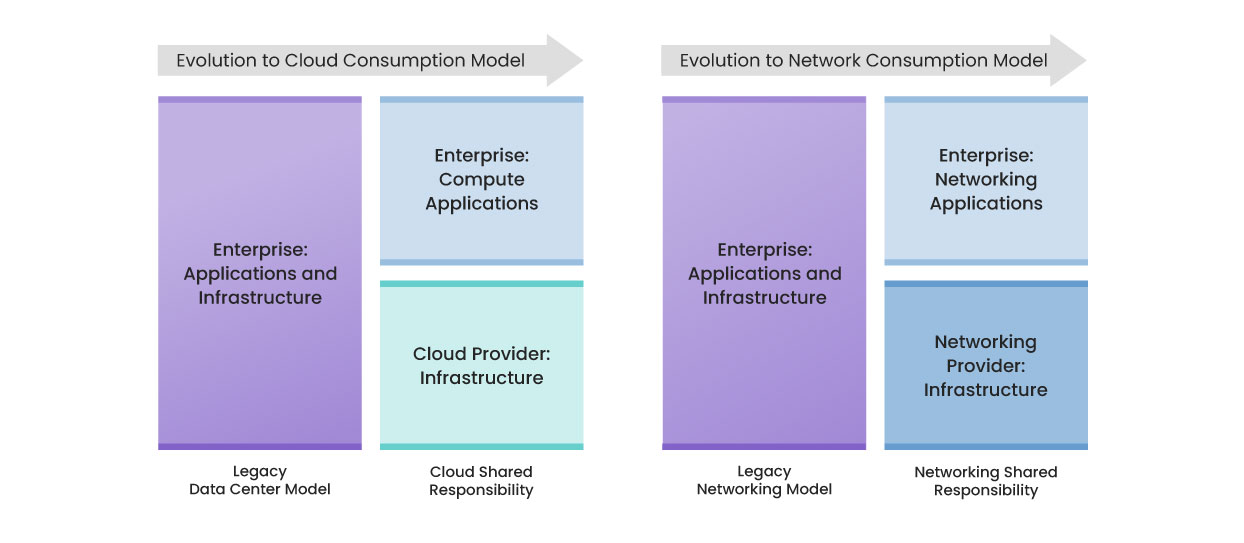Before the adoption of SASE, enterprises often employed a split approach to security, with some capabilities located at the branch, frequently using dedicated hardware, and others in the cloud for secure internet handoffs. The SASE security framework marks a shift from on-premise security solutions to a model that favors lighter branch setups with most security functions hosted in the cloud. This transition does not eliminate the need for branch security, which may still be necessary due to compliance, privacy, and location-specific requirements.


SASE is more of a journey than a one-time overhaul. Enterprises are advised to gradually integrate SASE architecture rather than hastily adopting potentially sub-optimal solutions. While a DIY approach to SASE implementation is possible—requiring significant capital investment and extensive retraining of IT staff—the managed service route offers a more seamless transition. This approach aligns with the true spirit of SASE, combining Network-as-a-Service and Network Security-as-a-Service into a cloud-based delivery model. It is more flexible, scalable, and easier to manage, allowing IT staff to focus on driving business outcomes rather than getting bogged down by basic network operations.
Engaging a Managed Service Provider (MSP) for SASE deployment can significantly alleviate the burden on IT departments. MSPs can offer on-demand expertise to reduce overhead costs, minimize risks, and streamline the deployment and adoption processes, ensuring successful outcomes. This is particularly beneficial for enterprises with limited in-house IT capabilities, as MSPs enhance productivity through efficient troubleshooting, support, and enhanced visibility across hybrid environments.
Unified SASE as a Service, as provided by solutions like Aryaka, integrates various network and security functions into a cohesive service that simplifies management and enhances performance. This service model supports cloud access, optimizes application performance, and ensures pervasive security across distributed enterprises. It combines Overlay SD-WAN and Point Security solutions into a comprehensive offering that not only boosts productivity regardless of location, application, or resources but also offers operational simplicity and enhanced security. This integrated approach reduces the total cost of ownership (TCO) through improved change management and support throughout the service lifecycle, making it an ideal solution for modern enterprises looking to streamline their network and security infrastructure.